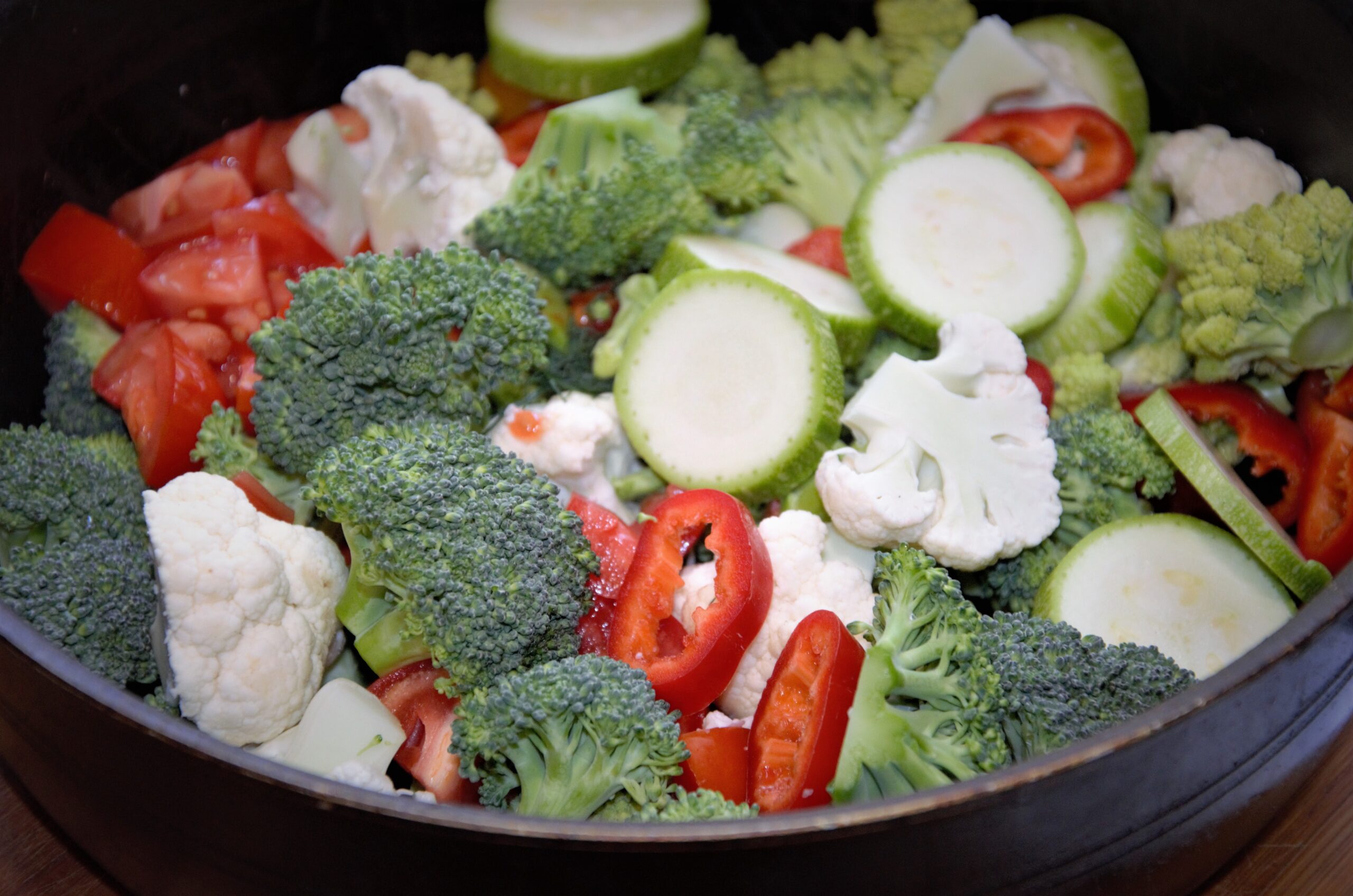When it comes to vegetable nutrition, one common question arises—should we be eating our vegetables raw or cooked? The truth is, both methods have unique advantages depending on the type of vegetable and the nutrients in question. Understanding how cooking methods affect nutrient availability can empower you to make better decisions for your health. Let’s break down the science behind eating raw vs. cooked vegetables.
Raw vs. Cooked Vegetables and Nutrient Availability
Raw vegetables are often praised for their high content of heat-sensitive nutrients, such as vitamin C. However, not all nutrients are better preserved in their raw state—some compounds become more bioavailable when vegetables are cooked. For example, cooking can break down cell walls, making it easier for the body to absorb beta-carotene, a precursor to vitamin A found in carrots and sweet potatoes.
On the flip side, heating vegetables can cause the loss of certain water-soluble vitamins, such as vitamin C and some B vitamins. For this reason, raw vegetables like bell peppers, cucumbers, and spinach are excellent sources of these nutrients when eaten fresh.
The Impact of Different Cooking Methods
Steaming
Steaming is one of the best cooking methods for preserving nutrients in vegetables. This gentle process minimizes nutrient loss because the vegetables are not submerged in water. Steaming is particularly effective for retaining antioxidants and vitamins in foods like broccoli and zucchini. If you’re looking for a way to maximize nutrition while enhancing flavor, steaming is an excellent choice.
Roasting
Roasting vegetables brings out their natural sweetness and adds delicious caramelization. However, exposure to high heat can reduce water-soluble vitamins like vitamin C. On the other hand, roasting tomatoes increases the bioavailability of lycopene, a powerful antioxidant linked to reduced cancer risk. Stick to hearty options like carrots, Brussels sprouts, and root vegetables for roasting—they pair well with this cooking method and develop rich flavors.
Boiling
Boiling often gets a bad rap when it comes to vegetable preparation, but it has its merits. The downside is that many water-soluble nutrients can leach out into the cooking liquid. For example, boiling spinach or kale can result in a significant loss of vitamin C. However, boiling is ideal for starchy root vegetables like potatoes or parsnips, which become tender and easier to digest through this method. Pro tip: Use the leftover water in soups or sauces to capture any dissolved nutrients.
Examples of When to Eat Vegetables Raw or Cooked
Some vegetables are most nutritious when eaten raw, while others benefit significantly from cooking. Here are a few examples of each:
- Eat Raw: Bell peppers, spinach, cucumbers, and celery. These vegetables are high in vitamin C and delicate enzymes that can be degraded by heat.
- Cook for Better Nutrition: Tomatoes, carrots, and sweet potatoes. Cooking these vegetables enhances the bioavailability of key compounds like lycopene and beta-carotene.
Balancing raw and cooked vegetables in your diet ensures that you’re getting the widest range of nutrients, flavors, and textures.
Final Thoughts on Nutrient Absorption and Vegetable Preparation
When it comes to raw vs. cooked vegetables, the key is variety. Incorporate both raw and cooked options into your meals to enjoy the full spectrum of nutrients. Pay close attention to your cooking methods, as they can dramatically affect both the nutritional value and flavor of your food.
📣 Call to Action:
Chef Gourmet: Fresh Ingredients, Bold Flavors
At Chef Gourmet, we believe that every great meal starts with quality—fresh vegetables, premium ingredients, and a passion for healthy, flavorful cooking. Based in Ontario, California, we specialize in creating nutritious dishes that don’t compromise on taste. Whether you’re looking to elevate your daily meals or need professional catering for your next event, we’re here to serve. 📞 Call us at 1-888-536-5269, 📧 email info@chef-gourmet.com, or connect with us on Facebook, Twitter, Instagram, and LinkedIn. Discover how good healthy eating can taste—start your journey with Chef Gourmet today.






